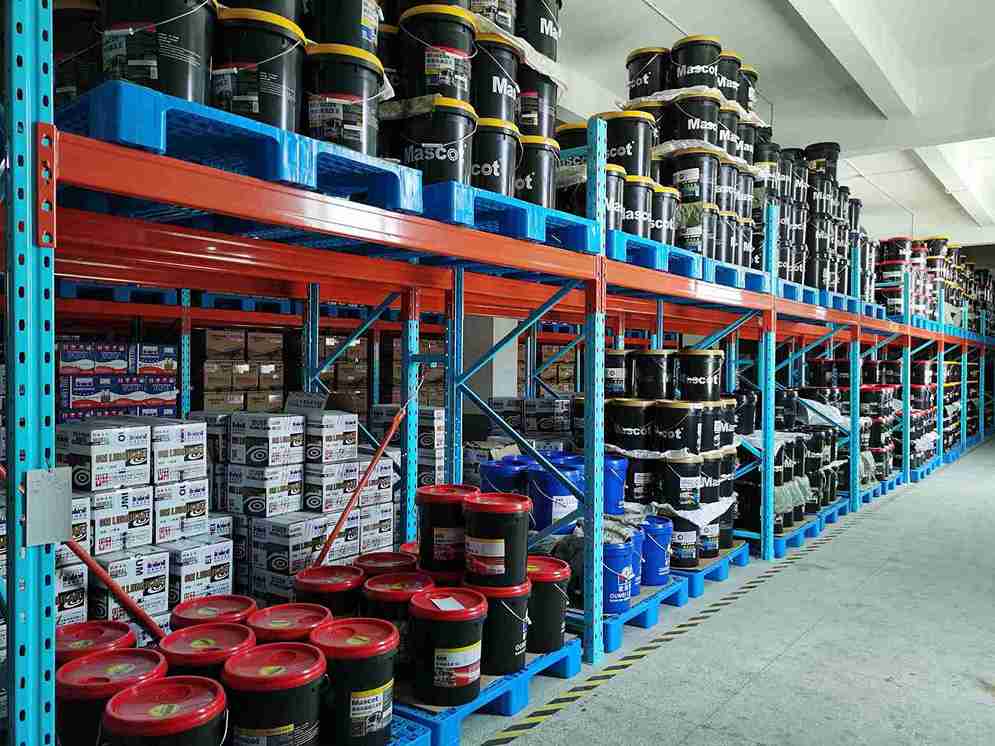📐 "First 50 Enterprise Queries Get Custom 3D Warehouse Design" Plan

Introduction: The Critical Role of Loading and Unloading Zones for Racking
In any industrial warehouse, loading and unloading zones for racking serve as the heartbeat of operations. These areas dictate workflow efficiency, safety compliance, and overall productivity. Poorly designed loading and unloading zones for racking lead to bottlenecks, increased labor costs, and even workplace injuries.
This guide dives deep into best practices for loading and unloading zones for racking, covering layout optimization, equipment selection, safety protocols, and emerging automation trends. By implementing these strategies, warehouse managers can reduce downtime, enhance safety, and maximize storage efficiency.

H1: Core Design Principles for Loading and Unloading Zones for Racking
H2: 1. Space Optimization for Smooth Material Flow
The layout of loading and unloading zones for racking must prioritize minimal travel distance and maximized accessibility. Key considerations include:
-
Dock-to-Rack Proximity: The closer loading and unloading zones for racking are to storage areas, the faster goods move.
-
Aisle Width Standards: OSHA recommends at least 12 feet for forklift maneuverability in loading and unloading zones for racking.
-
Buffer Zones: Temporary staging areas prevent congestion in high-traffic loading and unloading zones for racking.
H2: 2. Equipment Selection for Efficient Operations
The right tools in loading and unloading zones for racking drastically improve speed and reduce labor strain:
-
Forklift Compatibility: Ensure forklifts can safely access all levels of racking.
-
Pallet Conveyors: Automated systems streamline loading and unloading zones for racking, reducing manual handling.
-
Adjustable Loading Platforms: Hydraulic dock levelers accommodate different truck heights.
H2: 3. Safety First: Preventing Accidents in Loading and Unloading Zones for Racking
Over 20% of warehouse injuries occur in loading and unloading zones for racking. Mitigate risks with:
-
Impact Guards: Protect racking legs from forklift collisions.
-
High-Visibility Floor Markings: Designate pedestrian walkways in loading and unloading zones for racking.
-
Emergency Stop Systems: Install sensors to halt machinery if obstructions are detected.
H1: Advanced Strategies for High-Density Loading and Unloading Zones for Racking
H2: 4. Dynamic Racking Systems for Space Efficiency
For warehouses with limited square footage, loading and unloading zones for racking can benefit from:
-
Mobile Racking: Sliding systems that condense aisles when not in use.
-
Drive-In Racks: High-density storage ideal for FIFO (First-In-First-Out) unloading.
H2: 5. Automation in Loading and Unloading Zones for Racking
Modern warehouses are integrating:
-
Automated Guided Vehicles (AGVs): Reduce human error in loading and unloading zones for racking.
-
Robotic Palletizers: Speed up unloading processes by 30% or more.
H1: Compliance & Regulatory Standards for Loading and Unloading Zones for Racking
H2: 6. OSHA & ANSI Compliance Checklist
Non-compliance leads to fines and operational shutdowns. Key rules for loading and unloading zones for racking include:
-
Maximum Load Limits: Never exceed racking weight capacities.
-
Regular Structural Inspections: Check for bent beams or damaged uprights.
H2: 7. Fire Safety in Loading and Unloading Zones for Racking
-
Clear Access Paths: Maintain 36-inch minimum for emergency exits.
-
Flammable Storage Rules: Keep hazardous materials away from loading and unloading zones for racking.
H1: Maintenance & Long-Term Performance Optimization
H2: 8. Preventative Maintenance for Loading and Unloading Zones for Racking
-
Daily Visual Checks: Look for cracks, rust, or misaligned beams.
-
Professional Racking Audits: Schedule bi-annual inspections by certified engineers.
H2: 9. Employee Training for Safe Operations
-
Forklift Certification Programs: Reduce accidents in loading and unloading zones for racking.
-
Ergonomic Best Practices: Teach proper lifting techniques to minimize injuries.
H1: The Future of Loading and Unloading Zones for Racking
H2: 10. AI & IoT in Modern Warehousing
-
Predictive Analytics: Forecast peak unloading times to optimize staffing.
-
Smart Sensors: Monitor racking integrity in real-time.
Conclusion: Building a Smarter, Safer Warehouse
Optimizing loading and unloading zones for racking is not optional—it’s a competitive necessity. By implementing these best practices, warehouses can boost efficiency, ensure compliance, and reduce operational costs.
For further reading, explore our guides on pallet racking safety and warehouse automation trends.
FAQs: Expert Answers on Loading and Unloading Zones for Racking
Q1: How often should racking systems in loading zones be inspected?
A: Daily visual checks and professional inspections every 6-12 months are recommended.
Q2: What’s the best flooring for high-traffic unloading zones?
A: Reinforced concrete with anti-slip coatings is ideal for durability and safety.
Q3: Can automation fully replace manual unloading in racking zones?
A: Not yet—hybrid systems (human + machine) offer the best balance of speed and flexibility.
Q4: What’s the minimum space needed per loading dock?
A: At least 50 feet for safe forklift operation in loading and unloading zones for racking.
Q5: What’s the most common mistake in unloading zone design?
A: Poor traffic flow planning, leading to congestion and accidents.




